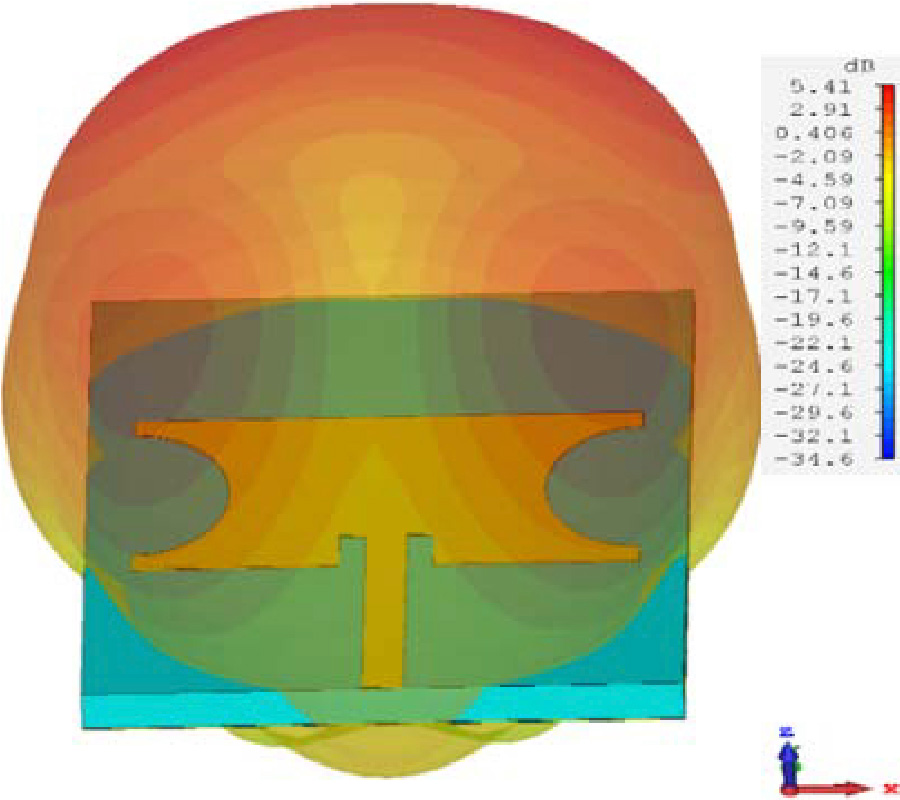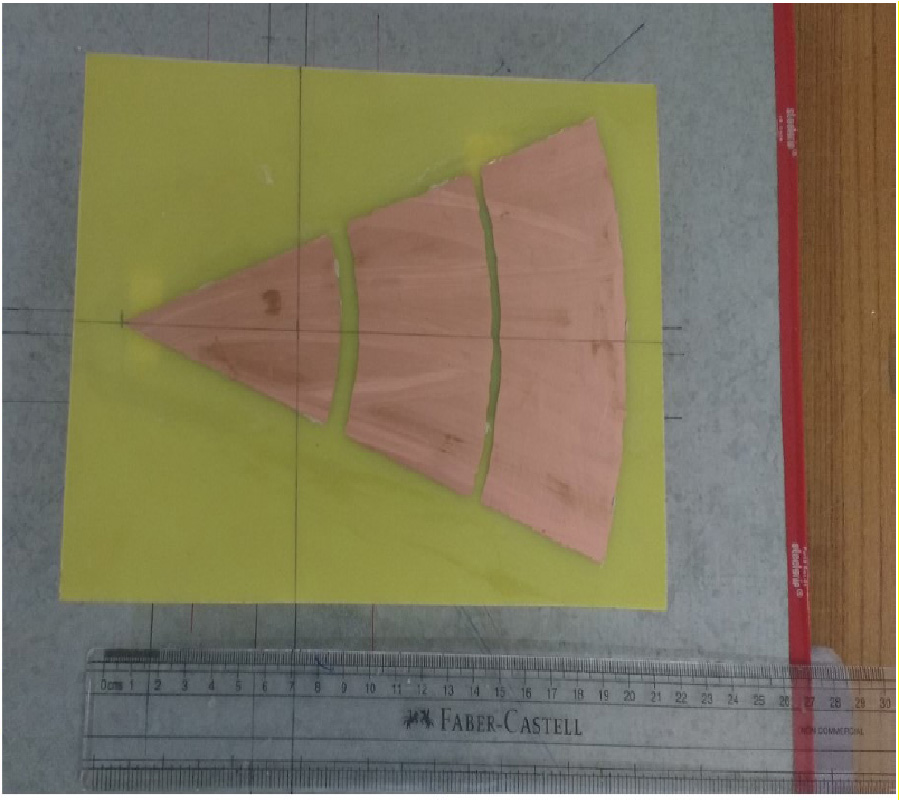Design and Analysis of Millimeter Wave Dielectric Resonator Antenna for 5G Wireless Communication Systems
Muhammad Anab,
Muhammad Irfan Khattak,
Syed Muhammad Owais,
Abbas Ali Khattak and
Asif Sultan
Today, worldwide more than five billion of wireless devices are directly communicating for voice and data transmission. The amount of data utilization has increased remarkably and here comes 5G technology with more prominent features, offering high data rate, low latency rate, efficient EM spectrum utilization, an immense machine-2-machine communication, etc. The efficient implementation of 5G technologies requires efficient and compact antennas. This work presents a novel multiband rectangular dielectric resonator antenna for future 5G wireless communication system, having stacked radiator with semi-circular slots etched on the left and right sides of an upper radiator. Additionally, a semi-elliptical slots rectangular microstrip patch antenna of the same dimensions for the purpose of comparison is designed. 28 and 38 GHz, which are the proposed 5G bands by most researchers, are the core target of this work. Alumina with a high relative permittivity of 9.8 is used as a radiator in the design of DRA, while common in the design of both proposed antennas, Rogers RT/DUROID 5880 with a relative permittivity of 2.2 having standard thickness is used as substrate material. Both the proposed antennas have an overall same size of 13 x 11.25 mm2. The proposed dielectric antenna resonates at 25.4, 34.6, and 38 GHz with a 7.34, 4.04 and 3.30 GHz of wide impedance bandwidth covering the targeted 5G, 28 and 38 GHz bands, having a good return loss of -34.7, -31.8 and -33.5 dB, respectively. Further, the proposed dielectric antenna has a maximum radiation efficiency of 97.63%, with overall radiation efficiency greater than 90%, and maximum gain of 7.6 dBi is also noted. On the other hand, the proposed microstrip antenna resonates at 28 and 38 GHz with a 1.49 and 1.01 GHz of moderate impedance bandwidth, having -23.6 and -27.1 dB of satisfactory return loss. Further, the proposed patch antenna has a maximum radiation efficiency of 90.33% at 28 GHz, with overall radiation efficiency of greater than 84%, and moderate gain of 5.45 dBi is also noted. Both the proposed antennas have a nearly omnidirectional radiation pattern at resonance frequencies, with VSWR less than 2. Comparative study of the two proposed antennas regarding radiation efficiency, return loss, gain, data rate and impedance bandwidth evidently shows that performance of DRA over MPA at millimeter wave is very good. The proposed antennasare simulated in CST Microwave studio v18.



















